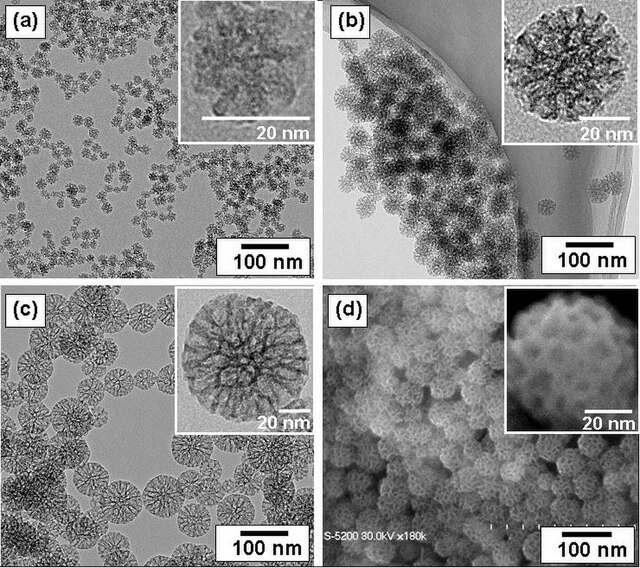This week in class we will be talking about traditional and rapid methods to detect microbes in food. While some of the techniques we will discuss are relatively new and innovative, new technology continues to emerge as scientific advances in other fields are made. One interesting approach is the use of nanotechnology, an article in the New Scientist, entitled “Virus ‘nanobots’ can make harmful bacteria in food and drink glow” initially caught my eye. Unfortunately, that story requires a subscription, but I did find a review about the broader use of nanotechnology in the food industry that you can read if you are interested. One of the applications described in this article was the use liposomes (synthetic vesicles made of the lipids found in cell membranes) and immunomagnetic beads to detect Escherichia coli O157:H7 in samples. Another method described was a device that could use electrochemical sensing to detect oxide-gold nanoparticles that bind to Cronobacter sakazakii in baby formula. In another research article, the authors described the work that they did to engineer magnetic beads with antibodies to remove Staphylococcus aureus from milk. While approaches like these are still mostly theoretical, developing, working with and regulating similar types of scientific advances await you in your future careers as food scientists.
Public Domain Image of Mesoporous Silica Nanoparticles obtained from wikimedia commons.

